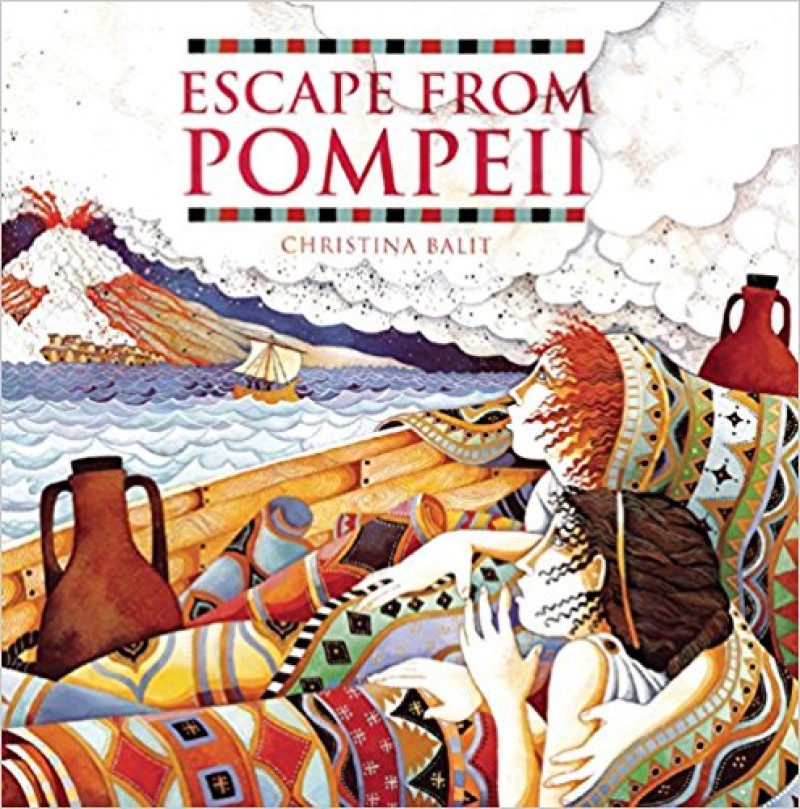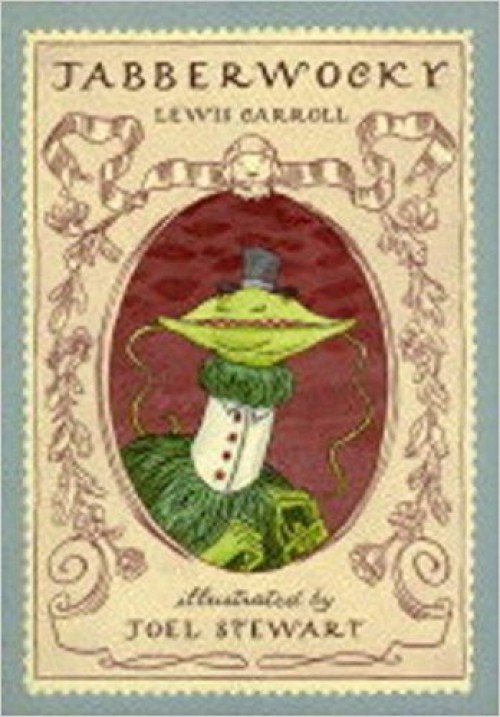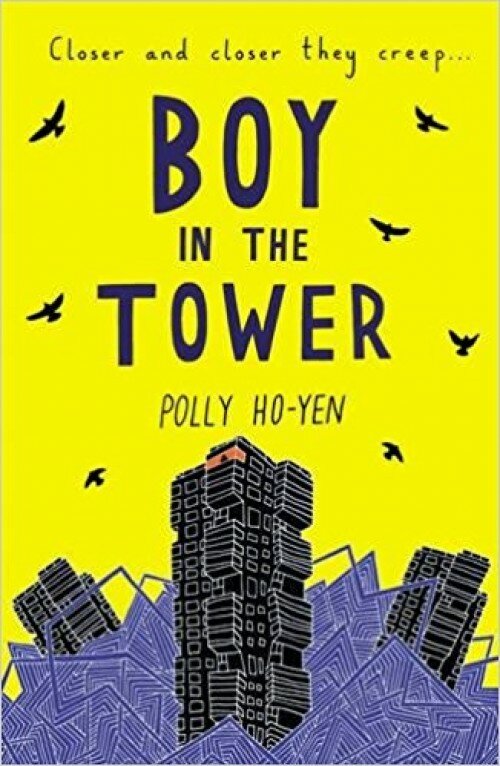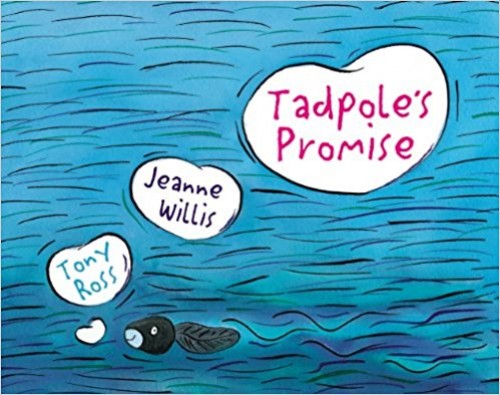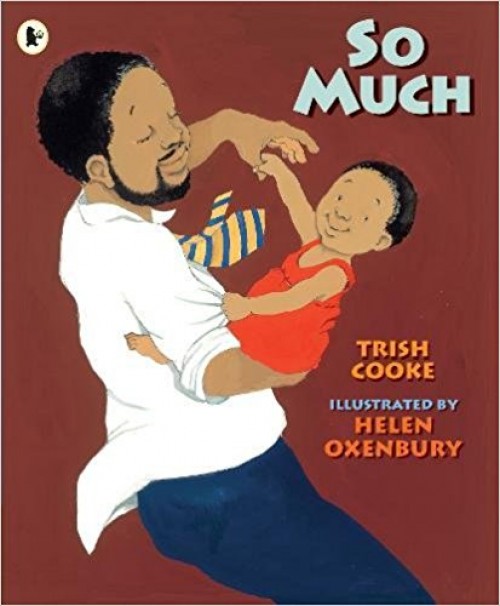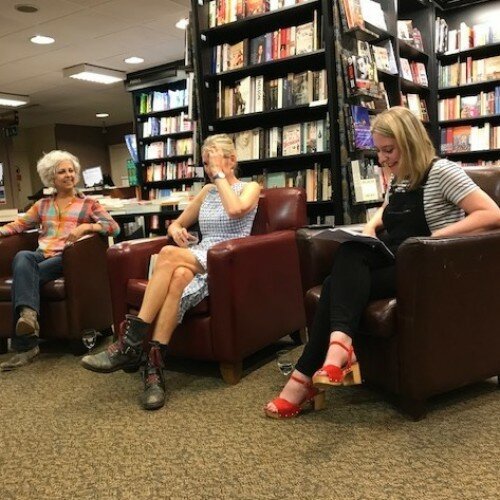Main Outcomes:
Historical stories, dialogue, setting description
Overview and Outcomes:
This is a two-week planning sequence that uses Escape From Pompeii and also makes reference to The Roman Record (Usborne) and online encyclopedias. Children begin by exploring the illustrations and creating mystery setting descriptions, using a variety of grammatical and authorial tools, going on to creating action, suspense and drama in their middle-sections and endings. In the final part of the sequence, children write their own historical stories, based upon the eruption of Vesuvius in Ancienc Rome, but using Herculaneum as named historical place, rather than Pompeii, and publish them in a class collection for others to read: Escape from Herculaneum! This sequence works best if the children are finding about Vesuvius as they go through the story, rather than in advance.
Synopsis of Text:
The eruption of Mount Vesuvius in AD 79 meant death for most of the Roman citizens living in Pompeii. But some people must have survived, and Christina Balit has used this as the starting-point for her story. It tells of Tranio, an actor's son, and his friend Livia, the baker's daughter, who witness the destruction of their beloved city.
